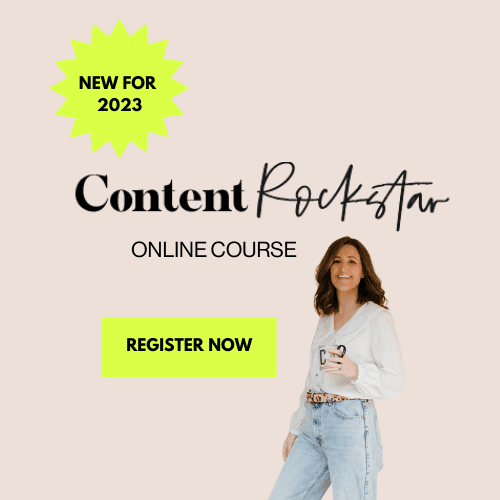What are the different types of content marketing?
As mentioned in my previous post content marketing is one of the most effective ways to grow your business. It’s also one of the most flexible, as you can create any type of content and use it in many different ways. When you know what kind of content to create for your audience, you’ll be more successful at attracting new customers and retaining existing ones.
But what is content marketing exactly? And how do you know which type of content works best for your brand?
Let’s look at the different types of content…
Blog posts
Blog posts are a great way to engage with your audience and help them solve their problems. To write the best blog post, use a conversational tone and provide answers to questions that people are searching for online. The best blogs include images, videos and links to related content.
When you’re writing a blog post, it’s important to optimize for search so that people can find it when they search for keywords related to your topic area.
White papers
White papers are in-depth reports that can be used to educate, inform and persuade. They’re usually used for B2B marketing campaigns, but they can also be effective for B2C marketing. White papers are the go-to resource for any company that wants to build credibility within its industry or educate potential clients on a certain topic. They can help you reach out to new customers and grow your business by creating leads.
Webinars
Webinars are a great way to reach and build trust with your audience and establish yourself as an expert in your field. You can use webinars to generate leads by asking them questions at the end of the webinar that they have to answer in order to be added into your email list. You can also use them as an opportunity for free promotions or free content, like giveaways or whitepapers or other valuable resources that people don’t want their competitors knowing about.
Infographics
Infographics are graphics that combine data, images and text to “tell a story”. They’re a great way to educate your audience on a specific topic in an interesting and engaging way. For example, if you wanted to share statistics about a national trend that’s affecting your target market, you could create an infographic about it using the following steps:
I like creating graphics that I use for engagement rather than education as a way to connect with my target audience – see the example below

Infographics don’t have to be created by professionals; they can be made by anyone with access to easy-to-use graphic design software like Canva.
Social media posts
Love it or hate it, the reach potential on social media is huge so this is an important part of content marketing. It helps you to promote your content, engage with customers and build relationships. Social media also allows you to share links to your content and other people’s content.
As social media is ever-evolving the types of content you can create and publish also varies and this includes pictures, videos, graphics, article links, reels, etc.
Social media can also be divided into organic (free) and paid social. And there are different platforms to choose from such as Instagram, Facebook, LinkedIn, Twitter, YouTube and TikTok.
Email is a great way to keep in touch with your audience and promote your content. It is also an opportunity to collect data from subscribers.
You can make the most of email by using them as a tool for nurturing relationships with people who want more information than you would be able to provide on social media. Email also allows you to build rapport and trust by providing helpful information (like tips or advice) that will meet the needs of your audience, which means they’ll come back for more!
My favourite email tool is Flodesk as it is very user-friendly and the templates are gorgeous.
Case studies
Case studies are great for demonstrating how your product or service works in the real world. They can be used to show off your work, but they can also be used to demonstrate what you can do for others.
By including detailed information on the results you achieved and how you achieved them, case studies make it easy for readers to understand how they might benefit from your products.
Podcasts
Podcasts are a great way to share knowledge with your audience, build trust and engage with them.
For example, if you’re an expert in a particular field—like marketing or nutrition—you could record audio episodes about the topic and publish them on iTunes. This makes it easy for people who enjoy listening to podcasts to find and listen to your content.
How to decide what content to create?
You should also decide what type of content you want to create before you start. The type depends on several factors:
Your audience
Are they millennials? Baby boomers? Other business owners? How old are they, and where do they live? What do they like? What don’t they like? This will help determine what kind of content—and how much of it—you’ll need to create in order to attract and keep their attention.
Your goals
Do you want people to visit a landing page or an opt-in page and sign up for your newsletter or do you want them to buy something right away? In other words, choose between short-term vs long-term goals based on cost effectiveness!
Essentially, the easiest way to manage your content is to have a content strategy. This really doesn’t have to be as hard or complicated as you think.
If you’re looking to really nail your content strategy this year, register for my brand new content course, Content Rockstar. Launching in March this year.

